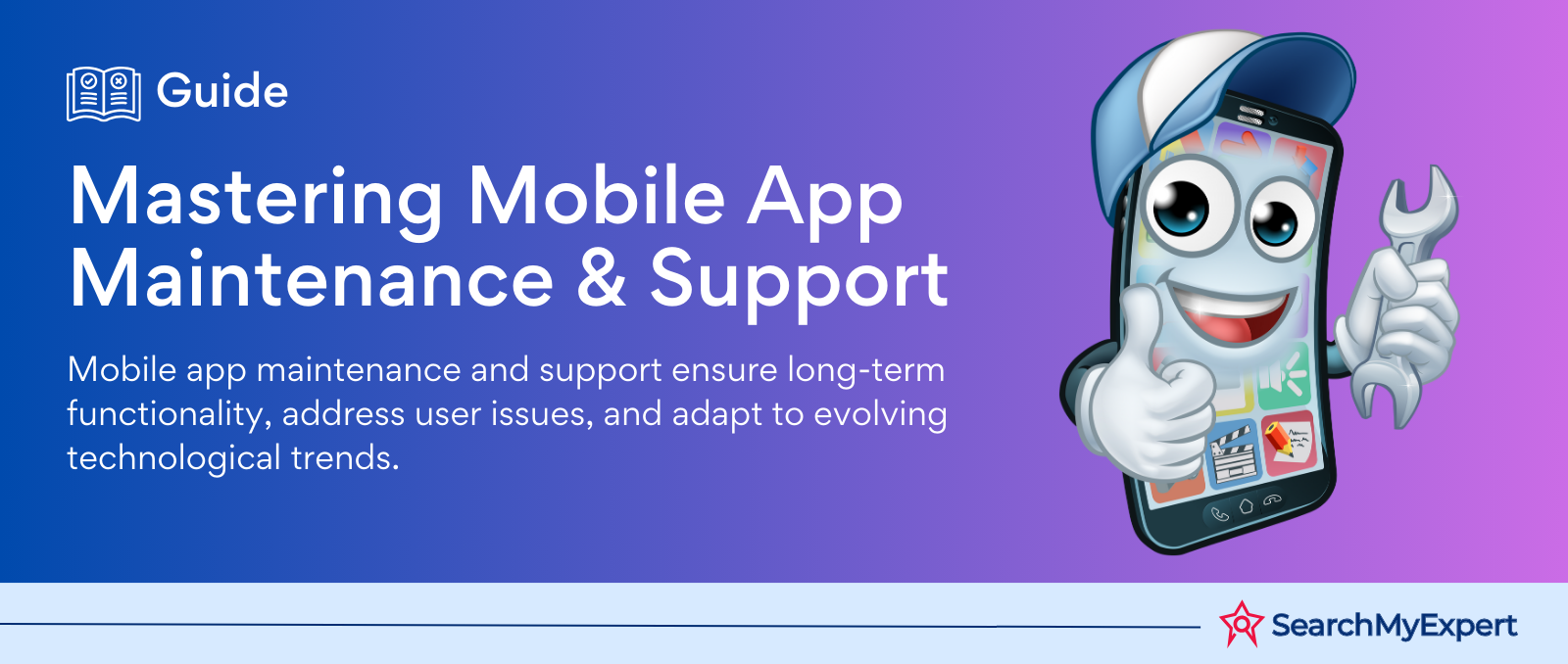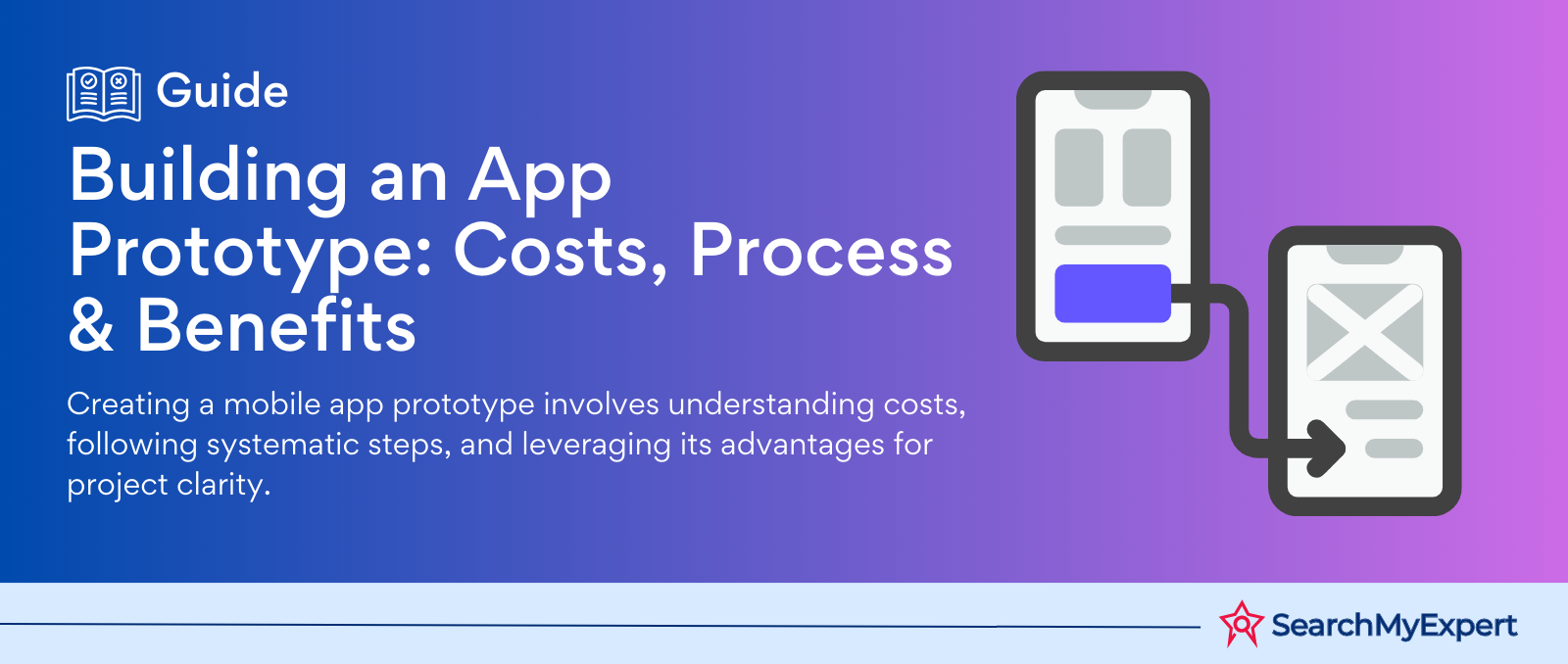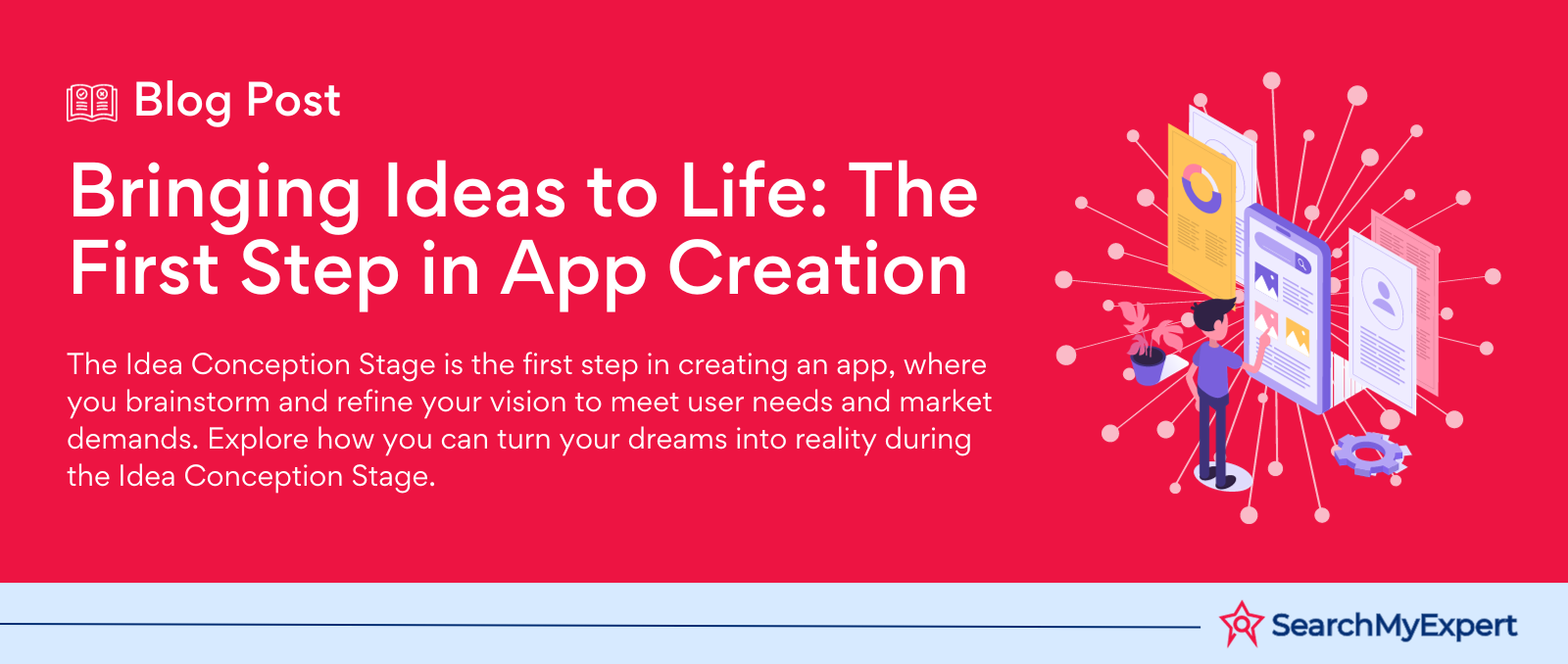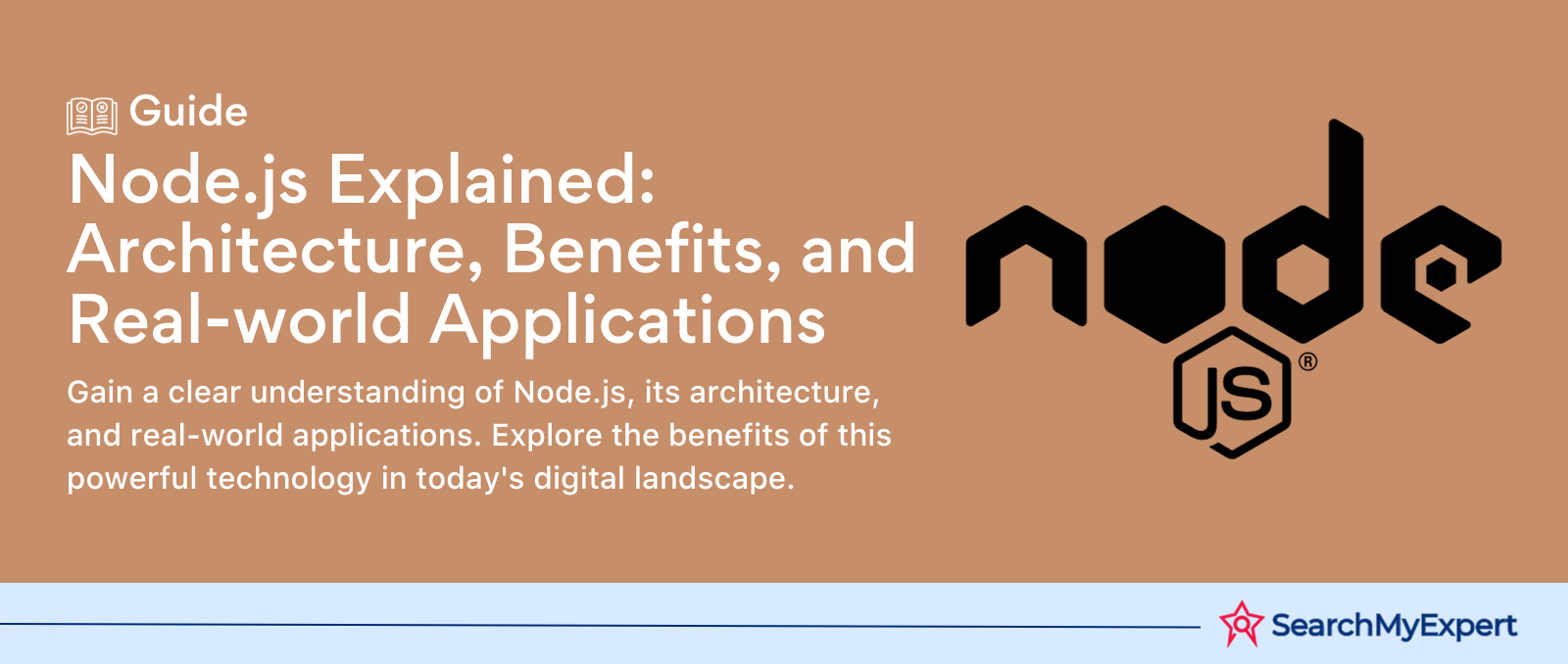Overcoming Challenges and Unlocking Potential with Blockchain Revolution
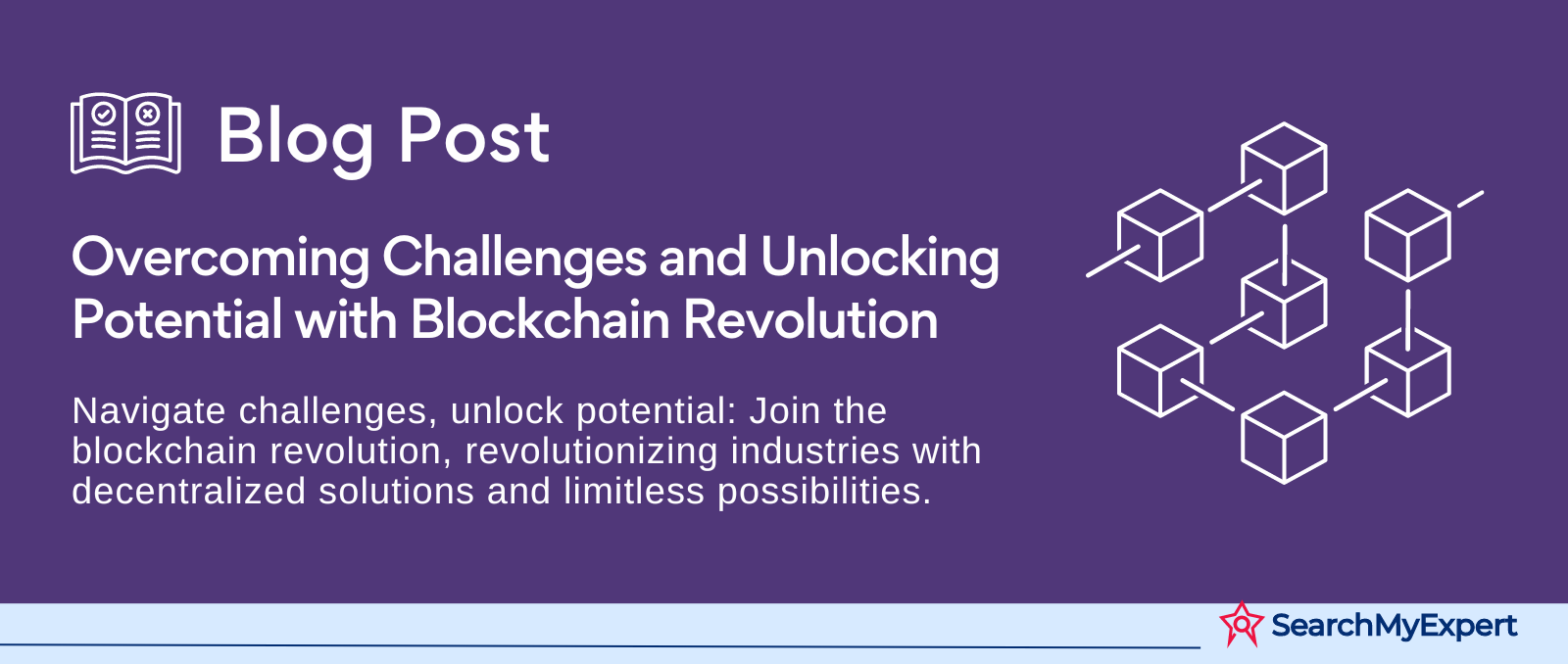
Blockchain Technology: Revolutionizing Industries Amidst Challenges
Understanding Blockchain: A Revolutionary Leap in Digital Record-Keeping
Blockchain technology, at its core, represents a paradigm shift in how we record, share, and maintain data. Emerging as the backbone of cryptocurrencies like Bitcoin, blockchain stands out for its unique characteristics. Essentially, it's a digital ledger that records transactions across numerous computers. This decentralized nature ensures that no single entity has control over the entire chain, making it transparent and incredibly secure against fraud.
Key Principles of Blockchain:
- Decentralization: Unlike traditional centralized systems, blockchain operates across a network of computers, ensuring no single point of failure.
- Transparency and Immutability: Once recorded, the data in any given block cannot be altered retroactively without altering all subsequent blocks.
- Consensus Algorithms: These are protocols that help all the nodes in the network agree on the validity of transactions, enhancing trust.
Blockchain's Far-Reaching Benefits: A Game Changer Across Sectors
Blockchain's potential extends far beyond cryptocurrency. Its applications are proving to be game-changers in various industries, offering unparalleled benefits:
- Finance: Revolutionizing banking with faster, more secure transactions and reduced costs by eliminating intermediaries.
- Supply Chain Management: Enhancing transparency and traceability, allowing for more efficient and authentic tracking of goods.
- Healthcare: Securing patient data and enabling seamless sharing of medical records among authorized professionals.
- Voting Systems: Offering a platform for secure, transparent, and tamper-proof voting processes.
Navigating the Challenges: The Roadblocks to Blockchain Adoption
Despite its potential, blockchain's journey toward widespread adoption faces several hurdles:
- Scalability Issues: Current blockchain networks struggle to handle large volumes of transactions swiftly, impacting performance.
- Regulatory Uncertainty: The lack of clear regulations in many countries creates uncertainty for businesses and investors.
- Complexity and Technical Challenges: Blockchain's complex nature makes it difficult for the average person or business to understand and implement.
- Environmental Concerns: The energy consumption associated with blockchain, particularly Proof of Work (PoW) systems, raises sustainability concerns.
Navigating the Complex Terrain of Blockchain Adoption: Unraveling Key Challenges
Technical Challenges: Scaling the Blockchain Mountain
The path to mainstream blockchain adoption is fraught with technical challenges that need to be surmounted. Here's a closer look:
- Scalability Concerns: The capability of blockchain networks to handle large volumes of transactions is a significant bottleneck. Networks like Bitcoin and Ethereum currently process a limited number of transactions per second, leading to potential delays and increased costs.
- Transaction Speed: The time taken to confirm a transaction on a blockchain can vary significantly. In some blockchains, this could mean a wait of several minutes or even hours, a stark contrast to the near-instant transactions in traditional banking.
- Energy Consumption: The energy-intensive nature of certain blockchain operations, especially those using Proof of Work (PoW) consensus mechanisms, raises serious environmental concerns. This has spurred the search for more energy-efficient alternatives.
- Interoperability Issues: The ability of different blockchain networks to communicate and exchange value seamlessly remains a challenge. Without interoperability, creating a unified, efficient blockchain ecosystem is difficult.
Organizational Hurdles: Aligning Blockchain with Business
Organizations face their own set of challenges when it comes to blockchain implementation:
- Lack of Awareness and Understanding: Many businesses still lack a clear understanding of what blockchain is and how it can benefit their operations. This knowledge gap can hinder decision-making and adoption.
- Talent Shortage: There's a notable scarcity of skilled professionals in the blockchain space. Finding individuals with the right mix of technical expertise and business acumen is a hurdle for many organizations.
- Integration with Existing Systems: Aligning blockchain technology with current IT infrastructures and business processes is not a straightforward task. This integration requires significant time, resources, and expertise.
Regulatory Challenges: Navigating the Legal Maze
The regulatory landscape for blockchain is complex and often ambiguous:
- Unclear Legal Frameworks: The absence of comprehensive legal regulations surrounding blockchain technologies and digital assets creates uncertainty for businesses and investors.
- Data Privacy Concerns: Blockchain's transparency feature can be at odds with privacy laws like the GDPR. Balancing transparency with privacy rights is a delicate task.
- Compliance Difficulties: Adhering to varying regulatory standards across different jurisdictions adds layers of complexity for businesses operating on a global scale.
Fostering Trust in Blockchain: The Path to Widespread Confidence and Adoption
Building trust and confidence in blockchain technology is pivotal for its broader acceptance and integration across various sectors. Here’s how the inherent features of blockchain, along with strategic actions, can aid in this journey.
Transparency and Security: The Bedrock of Blockchain Trust
Blockchain’s architecture inherently promotes transparency and security, two critical elements in building trust:
- Immutable Records: Once data is entered into a blockchain, it cannot be altered retroactively. This immutability assures stakeholders of the integrity of the records.
- Enhanced Security: The decentralized nature of blockchain mitigates the risks associated with centralized databases, which are more prone to hacking and data breaches.
- Transparent Operations: Every transaction on a blockchain is visible to all participants, fostering a high level of transparency and accountability.
Real-World Success Stories: Demonstrating Blockchain’s Versatility
Illustrating blockchain’s effectiveness through diverse, successful implementations can significantly bolster confidence:
- Finance Sector: Cryptocurrencies like Bitcoin and Ethereum have showcased blockchain’s capability in creating decentralized financial systems.
- Supply Chain Management: Companies like IBM have leveraged blockchain for traceability and transparency in supply chains, enhancing efficiency and authenticity.
- Healthcare Industry: Blockchain has been employed for secure and efficient management and sharing of medical records, ensuring privacy and data integrity.
- Government Applications: Estonia’s use of blockchain for public services, including e-voting and e-residency, exemplifies governmental trust in the technology.
Encouraging Collaboration for Comprehensive Trust-Building
Collaboration and open communication among various stakeholders are essential in cultivating an environment of trust:
- Stakeholder Engagement: Involving all relevant parties, from developers to end-users, in the development and implementation process ensures that the technology meets diverse needs.
- Regulator Partnerships: Working closely with regulatory bodies helps in shaping clear, fair guidelines that foster both innovation and compliance.
- Educational Initiatives: Informative campaigns and training programs can demystify blockchain for the general public and encourage informed participation.
- Community Development: Building a supportive community around blockchain encourages knowledge sharing, innovation, and collective problem-solving.
Scaling Blockchain for the Future: Innovations and Strategies for Enhanced Efficiency
For blockchain technology to truly revolutionize industries, addressing scalability and efficiency is crucial. This involves exploring and comparing different consensus mechanisms, innovative scaling solutions, and investing in research and development.
Consensus Mechanisms: Balancing Efficiency and Security
The consensus mechanism is the heart of a blockchain's operation, influencing its scalability and efficiency:
- Proof of Work (PoW): Utilized by Bitcoin, PoW involves solving complex mathematical problems to validate transactions and create new blocks. While it's highly secure, it's also energy-intensive and slower, posing scalability challenges.
- Proof of Stake (PoS): As an alternative, PoS requires validators to hold and stake the native cryptocurrency to participate in the block validation process. It's more energy-efficient than PoW and offers better scalability potential.
Comparative Analysis:
- Energy Consumption: PoS is far more energy-efficient compared to the energy-hungry PoW mechanism.
- Transaction Speed: PoS can process transactions faster than PoW, addressing one of the significant bottlenecks of blockchain scalability.
- Security: While PoW is proven in its security, PoS is still evolving, with ongoing debates about its long-term security implications.
Innovative Scaling Solutions: Breaking the Scalability Barriers
Several technological innovations are emerging to tackle blockchain's scalability issues:
- Sharding: This involves splitting the blockchain into smaller, more manageable pieces, or 'shards', to distribute the workload and increase transaction throughput.
- Sidechains: These are separate blockchains attached to the main blockchain, allowing for the offloading of transactions and processing, thereby reducing the load on the main chain.
- Off-Chain Storage: Storing data off the main blockchain can significantly reduce the burden on the network, improving scalability and efficiency.
R&D: The Key to Future-Proofing Blockchain
Investment in research and development is vital for the continuous improvement of blockchain technology:
- Optimizing Transaction Processing: Ongoing research into how transactions are processed, validated, and recorded can yield more efficient methods, reducing time and costs.
- Network Throughput Enhancements: Developing ways to increase the amount of data that can be processed per second by the blockchain network is essential for scalability.
- Collaborative Innovation: Encouraging collaboration between academia, industry, and blockchain communities can accelerate the development of scalable and efficient solutions.
Unifying the Blockchain Ecosystem: Embracing Interoperability and Collaboration
The final frontier for blockchain technology to realize its full potential lies in fostering interoperability and collaboration across various platforms and ecosystems. This step is crucial in creating a seamlessly connected and efficient blockchain environment.
Standardization: The Key to Cross-Chain Communication
Developing standardized data formats and protocols is fundamental for achieving interoperability:
- Unified Data Formats: Establishing common data formats across different blockchain networks enables seamless information exchange, reducing complexities in cross-chain transactions.
- Inter-Blockchain Protocols: Protocols that facilitate communication between distinct blockchains are essential for transferring value and information, making diverse blockchain ecosystems work together harmoniously.
Strengthening the Blockchain Fabric through Partnerships
Collaboration between different blockchain platforms is vital for the technology's growth and integration:
- Strategic Alliances: Encouraging partnerships between blockchain platforms, both within and across industries, can lead to shared learning, resource pooling, and innovation.
- Ecosystem Integration: By connecting various blockchain ecosystems, a more robust, versatile, and user-friendly network can emerge, benefiting all stakeholders.
- Cross-Chain Solutions: Developing technologies and platforms that enable cross-chain functionality can break down barriers between isolated blockchain networks.
Advocacy for Interoperable Standards and Regulations
Promoting interoperable standards and regulations is essential for a harmonized blockchain environment:
- Regulatory Collaboration: Engaging with regulatory bodies to develop standards that support interoperability while ensuring compliance and security is vital.
- Global Frameworks: Advocating for global regulatory frameworks can facilitate smoother cross-border blockchain transactions and operations, crucial in today’s interconnected world.
- Open Standards Development: Supporting the creation of open, non-proprietary standards for blockchain interoperability can accelerate innovation and adoption across sectors.
Bridging the Blockchain Talent Gap: Strategies for Cultivating Expertise
As blockchain technology continues to evolve, a critical challenge facing its broader adoption is the talent gap in this field. Addressing this gap requires strategic efforts in education, recruitment, and fostering a culture of innovation.
Educational Initiatives: Laying the Groundwork for Blockchain Expertise
Developing comprehensive educational programs is essential in equipping professionals with the necessary blockchain skills:
- Targeted Curriculum: Implementing blockchain-focused courses in higher education and online platforms can provide foundational knowledge and specialized skills.
- Workshops and Seminars: Conducting practical workshops and seminars can help professionals gain hands-on experience in blockchain technology.
- Online Resources and Tutorials: Offering accessible online learning resources and tutorials can encourage self-paced learning among a wider audience.
Talent Attraction and Retention: Securing Blockchain’s Future
Attracting and retaining individuals with specialized expertise in blockchain is vital for the growth of this sector:
- Competitive Compensation: Offering attractive salaries and benefits is crucial in drawing and retaining top talent in the highly competitive blockchain space.
- Career Development Opportunities: Providing clear career paths and opportunities for advancement can motivate professionals to specialize in blockchain technology.
- Engaging Work Environment: Cultivating a dynamic and innovative work culture can attract professionals passionate about cutting-edge technology and its applications.
Cultivating a Culture of Innovation and Knowledge Sharing
Creating an environment that encourages continuous learning and innovation is key to advancing blockchain technology:
- Community Forums and Groups: Building active community forums and groups for blockchain enthusiasts and professionals can facilitate knowledge exchange and collaboration.
- Hackathons and Competitions: Organizing blockchain hackathons and innovation competitions can inspire creative solutions and foster a community spirit.
- Industry-Academia Partnerships: Collaborations between the blockchain industry and academic institutions can promote research, innovation, and practical training.
Charting a Course Through Regulatory Uncertainties in Blockchain
Navigating the complex and often uncertain regulatory landscape is a critical challenge for the blockchain sector. Effective strategies and collaborative efforts are essential to foster regulatory clarity and compliance.
Constructive Engagement with Policymakers and Regulators
Open and continuous dialogue between blockchain stakeholders and regulatory bodies is crucial:
- Stakeholder Consultations: Regular consultations between blockchain companies, developers, and regulators can ensure that both technological and regulatory perspectives are considered.
- Policy Development Involvement: Actively participating in the development of policies and regulations can help shape a legal framework that supports innovation while safeguarding public interest.
- Educating Regulators: Providing educational resources and information to policymakers can assist in demystifying blockchain technology and its implications.
Advocacy for Regulatory Clarity and Harmonization
Consistent and clear regulations across different jurisdictions are vital for the global nature of blockchain:
- Global Regulatory Standards: Advocating for global standards can help in creating a more predictable regulatory environment for blockchain enterprises operating internationally.
- Harmonization Efforts: Working towards harmonizing regulations across jurisdictions can reduce complexities and compliance costs for businesses.
- Representation in International Forums: Participating in international regulatory forums can help influence and shape global regulatory trends and policies.
Developing Adaptable Blockchain Solutions
Creating blockchain solutions that are flexible and compliant with existing regulations is key:
- Compliance by Design: Integrating compliance features into blockchain solutions from the outset can make it easier to adapt to regulatory changes.
- Flexible Architectures: Designing blockchain systems with the flexibility to accommodate different regulatory requirements can ensure broader applicability and longevity.
- Regulatory Technology Integration: Utilizing regulatory technology (RegTech) can help blockchain systems automatically comply with various legal requirements and reporting obligations.
Conclusion
The dynamic landscape of blockchain technology, addressing its multifaceted challenges and outlining strategic solutions. From technical hurdles like scalability and efficiency to the complexities of regulatory environments and talent acquisition, we've delved into the critical aspects that shape the blockchain ecosystem. By highlighting the importance of transparency, security, interoperability, and collaboration, this guide underscores the transformative potential of blockchain across various industries.
As blockchain technology continues to evolve, the keys to unlocking its full potential lie in continuous innovation, adaptive strategies, and collaborative efforts. Whether it's through fostering educational initiatives, engaging in proactive dialogue with regulators, or developing cutting-edge solutions, the path forward requires a concerted and informed approach. As stakeholders navigate these challenges and opportunities, the future of blockchain promises not only technological advancement but also a redefinition of how we transact, interact, and build the digital foundations of tomorrow.
Advance your business with pioneering
Blockchain Technology Service.
share this page if you liked it 😊
Other Related Blogs

Mastering Docker for App Development: A Comprehensive Guide to Benefits, Use-Cases, and Alternatives
STAY UP TO DATE
GET PATH'S LATEST
Receive bi-weekly updates from the SME, and get a heads up on upcoming events.
Contact Us





